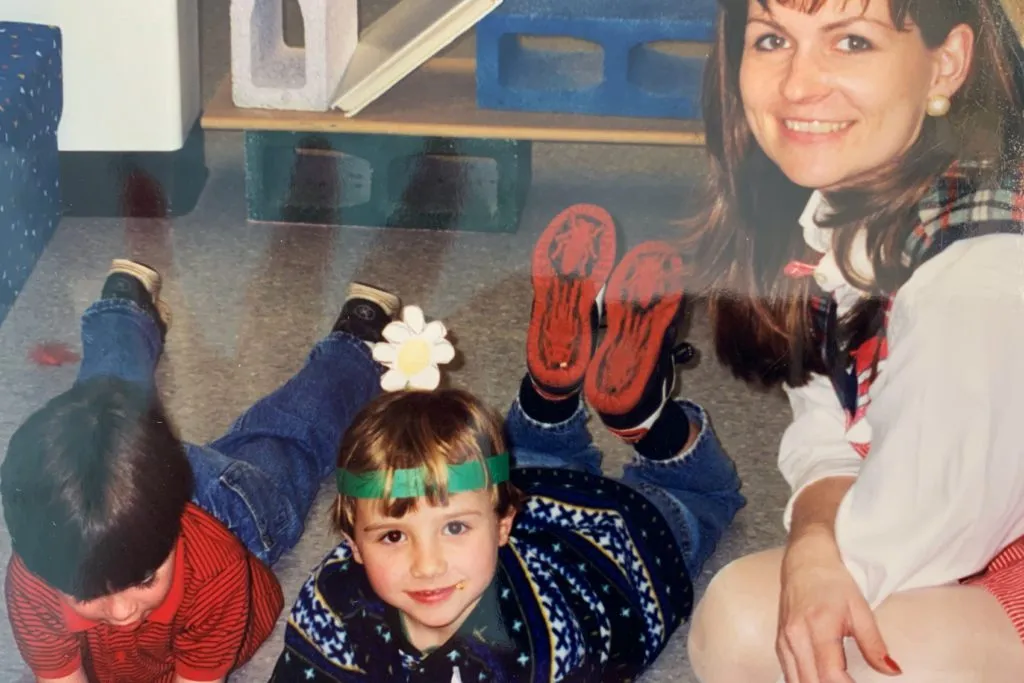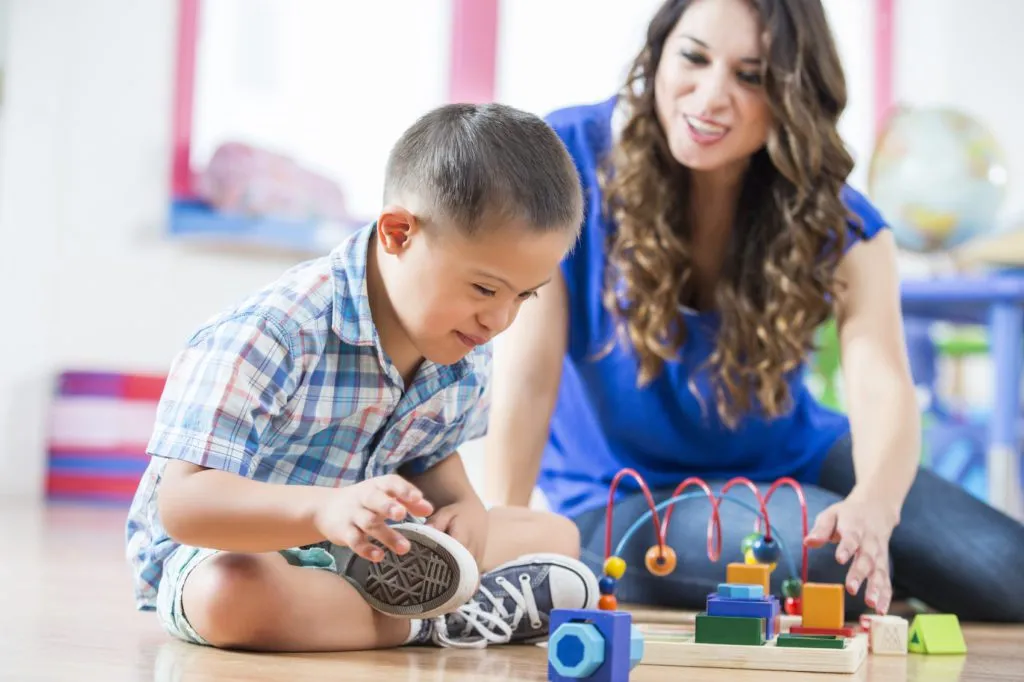Many Paths to One Destination: Individualizing Instruction for Children

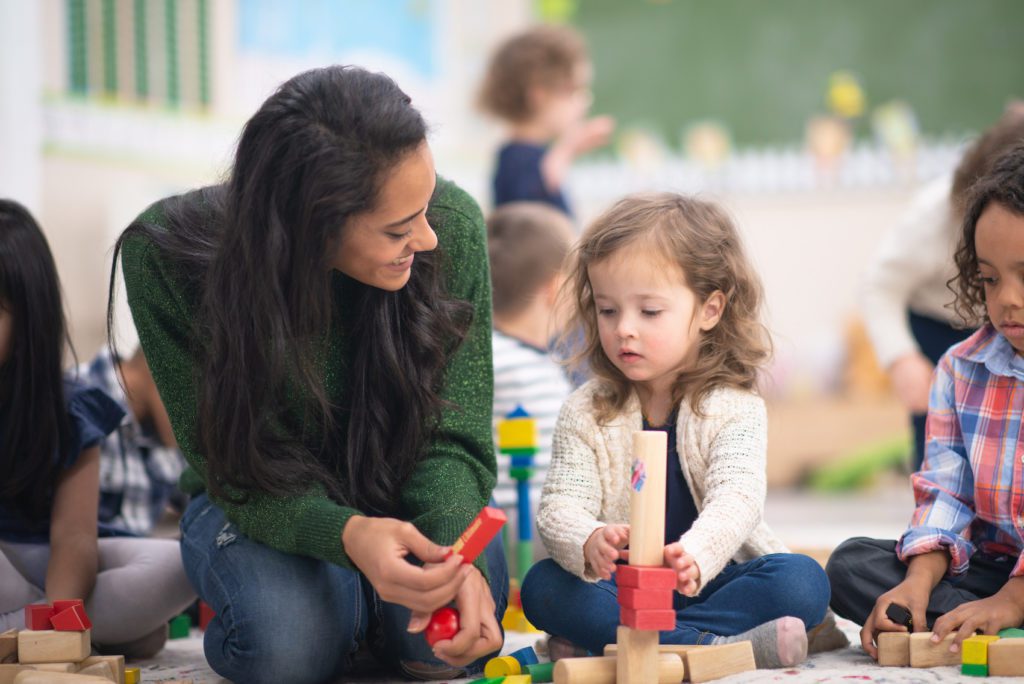
I have a terrible sense of direction. I mean, really bad! But it also annoys me when I have to rely on a GPS to get to places that I semi-frequently go to, like my dentist. So, along the years, I’ve developed a way to use my strong ability to notice unusual or interesting things, like a funny billboard, beautiful building, or even a fantastic tree, to weave together a story of how to arrive at my destination.
What does this have to do with individualizing instruction for children? Well, let’s take a look at a common math kindergarten standard to make some connections.
Count forward, beginning from a given number within the known sequence.
This standard is our destination, the pin on a map. It’s telling us that, during the kindergarten year, the teacher should be guiding children toward mastery of this skill.
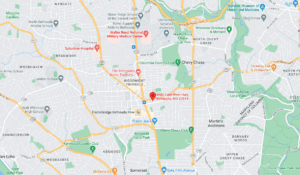
But standards don’t tell us how to get there. If we look on this map, we can see that there are many ways to arrive at the pin. It may be as simple as making a few right turns or jumping onto a highway for a quick drive. But it may also be that our starting point is way across town, and we’ll need to cross a river, traverse around a large park, and slowly make our way to our destination. Getting to our destination from various starting points depends on many factors, such as traffic, weather, accidents, construction, etc. And the same is true about every child’s journey to mastering a skill.
Every teacher in America is given a pile of standards that they are responsible for teaching. Knowing where we would like every child to academically and developmentally be is really important, but the art of teaching is figuring out how to help each child traverse their own path to that destination, also known as individualizing instruction.
How do we do this? Let’s start with these five considerations about each child.
- Their starting point
Find out where they currently are in relation to this skill. Focus on what the child can do, rather than what they can’t do, or you’ll quickly get lost.
Tip: If a child is working on counting sequentially from 1 to 20, then this needs to be the focus before moving on to the standard. - Their previous knowledge and exposure to the skill
Every standard is simply a skill that should be transferred to real-world application. Connect this skill to what children do on a daily basis.
Tip: Consider having a “census worker” as a class job. They can be responsible for counting children as they arrive (counting up from where they left off) or keeping count of classroom materials. - Their preferred ways of demonstrating what they know and can do
Playful experimentation is how children practice living in a big world. Watch how each child plays and interacts with you and their peers to better understand their strengths.
Tip: Using play-based Intentional Teaching Experiences lets the teacher easily make adjustments and individualize the experience for each child in the moment. - Their interests and questions
Children, like adults, learn best when they are engaged in answering questions about topics that they are interested in. Use children’s natural curiosity to provide open-ended ways for them to develop the target skill.
Tip: Change up materials in your interest areas or centers based on the children’s interests. Counting bears can easily be replaced with matchbox cars, rocks, sparkly beads, or loose parts, depending on the children’s preferences. - Their learning exceptionalities
Making accommodations for children’s special needs is individualization at its core.
Tip: View each child as one who deserves special attention, even if they do not have a documented individualized learning plan.
We all know that teaching is hard work, and while individualizing instruction for each child in your class can at times feel overwhelming, we also know that it’s the very best way to ensure that every child gets what they need. So when you’re feeling a bit discouraged and think that you’re just not going to be able to help every child reach that destination, remind yourself that the road trip is often the most important and lasting memory. Guiding each child along their journey with patience, care, and respect will forever become part of a child’s identity as a learner.
The Creative Curriculumoffers you something no other early childhood education curriculum can: a focus on whole-child skill development that reflects each child’s progression for the entirety of early childhood, from birth through age 8.
Children develop according to their own timeline. The Creative Curriculum honors that each child learns and develops differently. Individualized instruction is possible because it shows that development and growth from birth [through] age 8.
– Bernadette Pilar Zermeno, Multilingual Specialist, PreK/TK ELLMA, Oakland Unified School District, CA
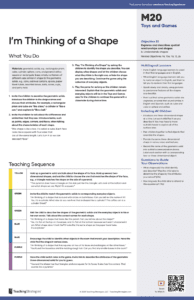
Within our Intentional Teaching Experiences, color-coded developmental progressions of learning that span the entirety of the early childhood years offer detailed guidance to scaffold and individualize learning to support each child’s growth right at your fingertips—making individualizing instruction easier.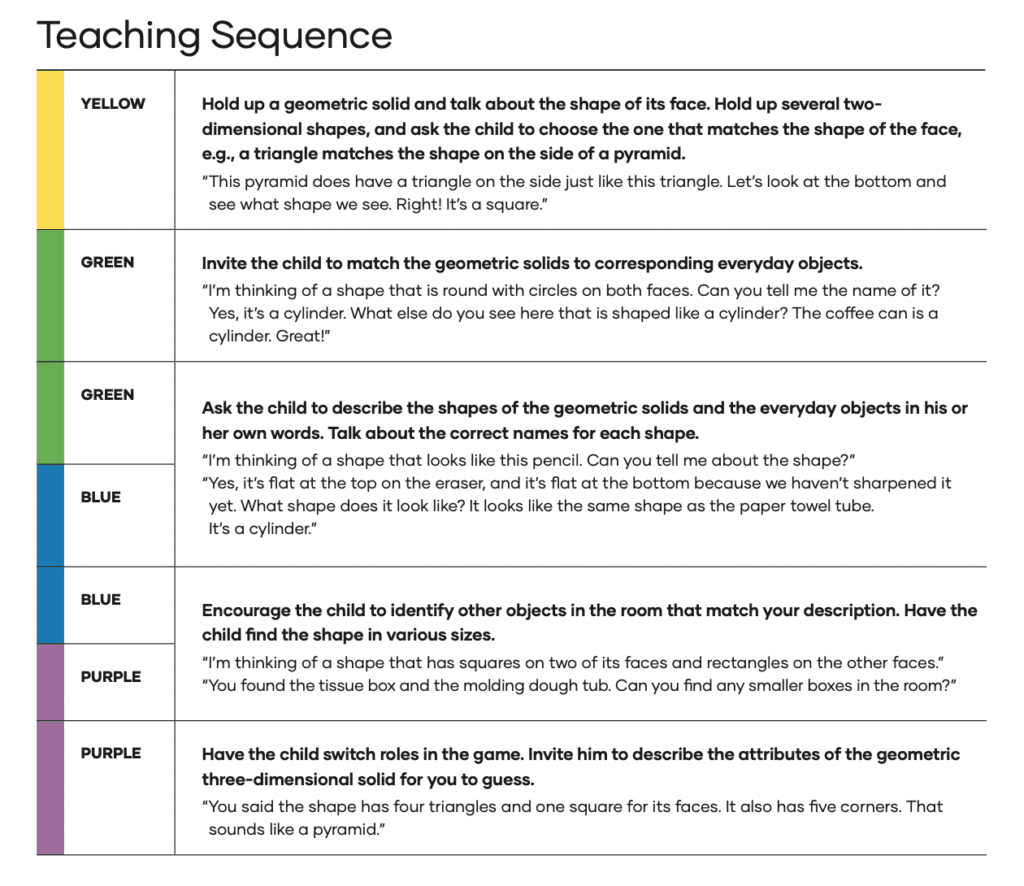

The Objectives for Development and Learning
Every element in the Teaching Strategies ecosystem connects to our research-based objectives for development and learning, enabling a truly individualized path to success for each child.
Explore Our Objectives

